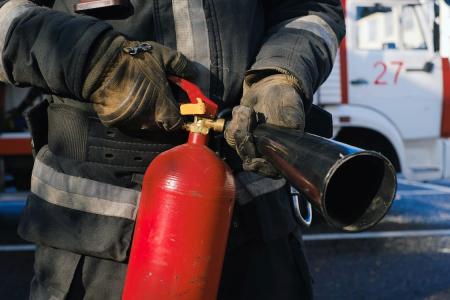Effective fire protection safeguards lives and property. In New South Wales, statutes dictate how detection systems, alarms, sprinklers and other safety equipment must be installed, serviced and certified. In all class 1b to class 9 buildings, duties arise from the Building Code of Australia and local regulations. Any property equipped with fire measures falls under these rules. Meeting requirements prevents legal penalties and supports insurance cover.
Regulatory Framework
The Environmental Planning and Assessment Regulation 2000 sets out duties for class 1b–9 buildings. Owners must keep systems aligned with the mandatory fire safety schedule. From 13 February 2025, maintenance tasks addressed in AS1851-2012 routines must follow the standard’s procedures. A fire safety certificate issued by a qualified practitioner is required before lodging an Annual Fire Safety Statement. The Building Code of Australia also references AS1851-2012 routines for maintenance. Non-compliance can attract fines and void cover.
Annual Fire Safety Statements
Owners of buildings containing fire systems must arrange an Annual Fire Safety Statement (AFSS) each year. An FPAA-accredited practitioner inspects each system and exit path no more than three months before lodgement with the local council and Fire and Rescue NSW. The AFSS confirms operational performance and flags defects requiring repair. Certain measures on the fire safety schedule also demand supplementary statements at intervals.
Maintenance and Testing Requirements
Routine servicing divides tasks into monthly, annual and longer-term intervals. Monthly checks verify alarms, detectors and emergency lighting through visual examination. Annual testing covers hydraulic pressure in hydrants, pump performance and detector sensitivity. Five-, ten- and 25-year inspections tackle corrosion, electrical integrity and system ageing. All records of inspection, test and service must remain onsite for at least seven years and be available to authorities on request.
Accreditation Obligations
Only accredited practitioners may certify new or altered fire systems from 13 February 2025. These experts gain credentials via the Fire Protection Association Australia scheme. Councils and certifiers refer all performance-based solutions for class 2–9 buildings to Fire and Rescue NSW when assessing construction and occupation certificate applications. Accredited practitioners sign off on installation compliance and supply documentation underpinning annual and supplementary statements.
Penalties and Enforcement
Local councils may issue penalty notices for late or incorrect statements. Failure to perform monthly services or record keeping can attract fines up to 600 penalty units for a corporation, equivalent to over $66,000. Authorities may impose stop-work orders on building occupation and direct repairs under the Fire Commissioner’s powers.
Service Triggers
A service becomes due when fire systems are first commissioned, after any modification or when ownership changes hands. Major refurbishments that affect equipment performance trigger a re-certification round. Owners planning a change of use must update fire safety schedules and secure fresh certificates before occupation. Late lodgement exposes owners to enforcement actions and infringement notices.
Selecting a Provider
Engage fire protection companies sydney experienced with NSW rules. Many offer fire protection services sydney covering installation, routine servicing and certification. For local expertise, check fire protection sydney specialists who manage statement lodgements, liaise with certifiers and conduct on-site assessments. Ask for detailed service reports that align with AS1851-2012.
Compliance with NSW fire protection laws demands attention to legislative detail, regular servicing and proper certification. Property owners should track inspection dates, maintain thorough records and work with accredited experts. Staying current with changes in regulation ensures ongoing compliance and peace of mind.
The author is a certified fire safety specialist with hands-on experience in Australian building compliance and system installation. They assist property owners and managers in meeting AS 1851, AS 2441, and AS 2941 standards across NSW. For expert advice on fire alarms, pumps, hose reels, or smoke detector installation in Sydney, visit: www.majesticfire.com.au

